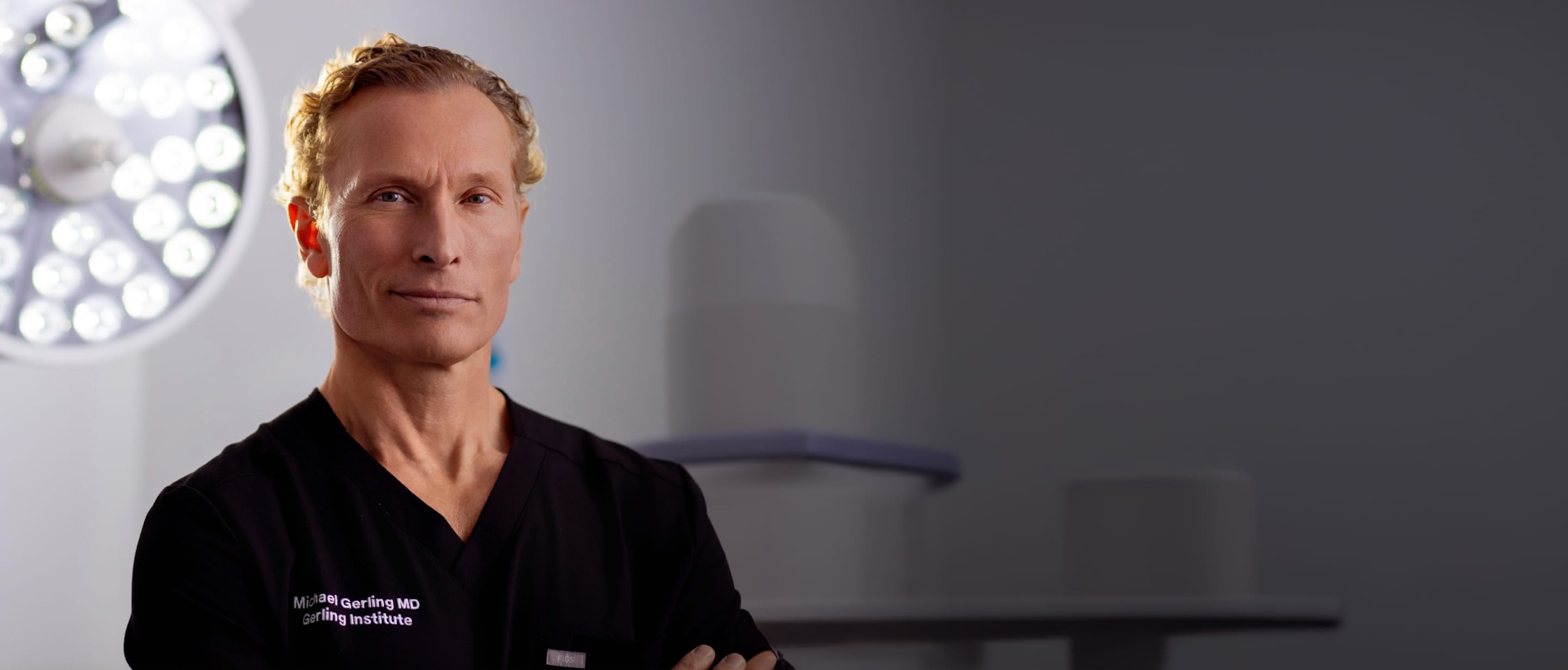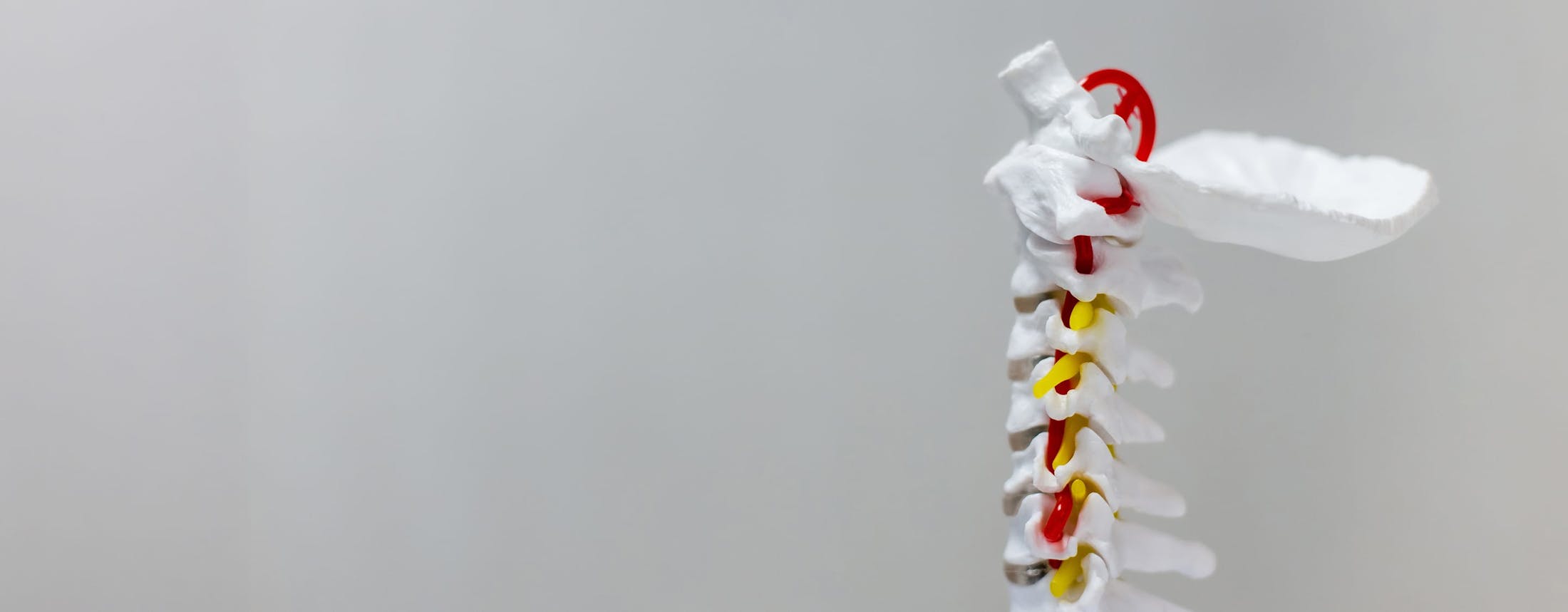At Gerling Spine Care, we understand the importance of providing advanced, effective treatments for spinal conditions, including those requiring disc repair after a discectomy. One such advancement is Barricaid, a groundbreaking solution for repairing larger holes in the annulus (the outer wall of the disc) to reduce the risk of reherniation and promote faster recovery.
What is Barricaid?
Barricaid is a small implant, just slightly larger than a pencil eraser, designed to close the larger holes left after a discectomy. Made of a titanium bone anchor and a polymer plug, Barricaid is carefully placed into the disc to seal the annular defect, effectively reconstructing the disc wall and helping prevent future herniation.
The titanium anchor secures the implant in place, and the polymer plug acts as a durable barrier, supporting the healing process and reducing the likelihood of reherniation. This innovative implant allows for a more effective repair compared to simply waiting for the hole to scar over on its own.






